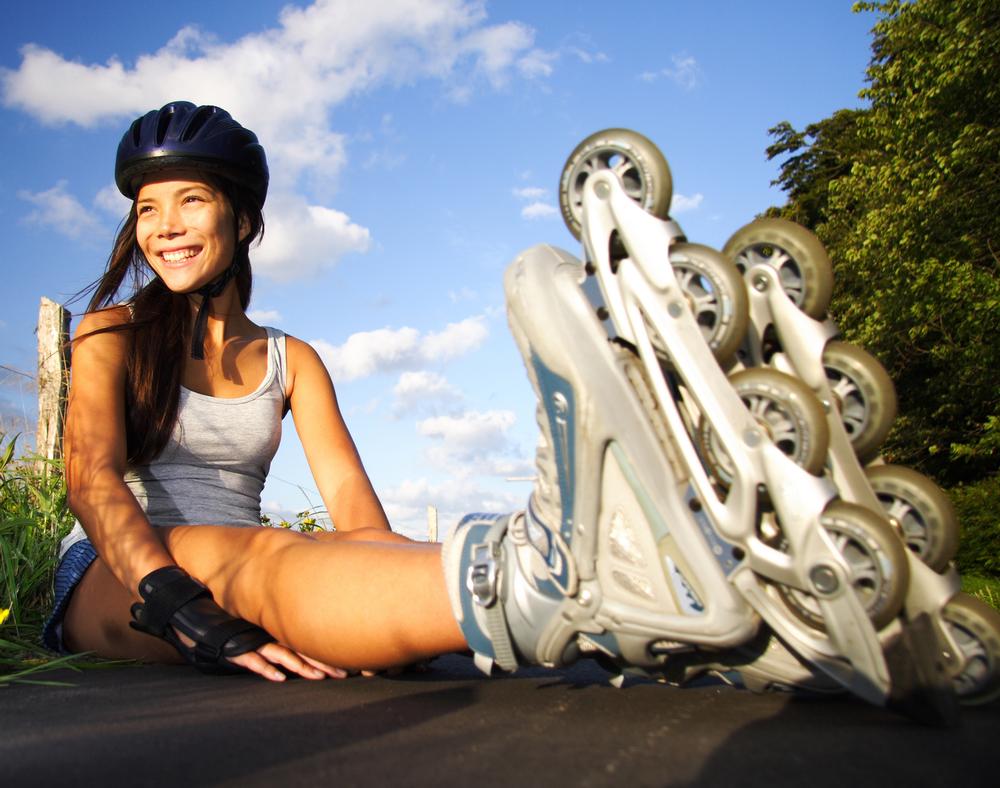Let’s start by defining the problem: gyms and health clubs are seeking ways to retain members. Many people join because they think they should – for better health, fitness and weight loss. But many of them subsequently fail to attend – despite paying a lot money for membership – because they have scheduling difficulties and can’t get there as often as they think they should, and/or don’t enjoy the intense exercise they think they need to do to succeed. Their initial burst of motivation wanes and they end up feeling like failures, and feeling ambivalent (at best) about the value of exercise. They often see the gym as the source of their failure, so drop out.
What can be done about this? I believe the solution is rebranding exercise, whereby gyms become people’s physical activity partners. We need to teach members that finding opportunities to move outside the gym is a great way to complement their structured exercise at the gym – an approach that will help foster motivation and sustainability.
Gyms and health clubs can actually boost member retention by de-emphasising the ‘health/wellness/weight loss’ message and prescribed reps/minutes of intense exercise in the gym. By redefining successful exercise as coming to the gym for some things, but also giving permission to members to enjoy physical movement outside of the gym, you help them form a lifelong partnership with enjoyable exercise.
Encourage your members to maintain the gym as a place to go for some things – classes, weights, machines, intense bouts of exercise, community and so on – while helping them be even more successful through incorporating fitness in other ways too. If you teach them how to be successful with both – exercise in gyms and in daily life – it helps them view gyms as their partners instead of the source of their failures.
The facts
• Studies show that many women in particular have negative feelings about, during, and after intense exercise.
• Studies show that our brains are wired to respond to what makes us feel good (immediate gratification), not to logical promises of abstract future improvement (health, weight loss).
• Everything counts: Exercise can be added up over the course of a day and doesn’t have to be done in one intense bout over 20 or 40 minutes.
• We’re more likely to do the things we’ve taken ownership of and want to do for ourselves, rather than things we think we should do.
• Studies show regular exercise benefits our mood and emotional wellbeing, as well as our overall physical health.
Food for thought
So what does all this mean for gym owners? Here are just a few ways you might implement this knowledge:
‘Everything counts’ is the doorway to retaining members: Teach members to think of formal structured exercise (gym) and informal exercise (daily life) as equally valid. Even carrying the laundry downstairs and upstairs is a form of physical movement that makes you stronger. Remind them that fitness is a lifelong learning process, not a target they have to hit. This means learning to be flexible about scheduling, setting realistic expectations and so on. Having a flexible mindset helps members feel successful, even when they can’t make it to the gym at all, or for the planned amount of time. Successful perceptions means happy, retained customers.
Lower intensity exercise is OK: Today, many people don’t believe lower intensity counts. Teach people that it’s OK to move at lower intensity levels, such as walking (including on the treadmill), yoga, pilates, stretching. Adding steps to your day by parking further from the gym and walking an extra block is a great way to build your movement repertoire.
“We’ll help you make exercise your lifelong partner, inside and outside the gym”: Giving members permission to enjoy movement they like doing outside the gym makes them more likely to come back to the gym for structured ways to stay strong and healthy.
Sponsor member walking, biking and hiking groups; encourage biking, walking or skating to the gym; hold dances in conjunction with dance workout classes. Offer workshops in how to find movement opportunities in daily life. When you show your members how to be active inside and out of the gym, you become their ally in activity.
Strengthen the ‘core’: Just as you need to strengthen your core muscles to support your body without injury, so you need to build up your core relationship with movement. Encourage members to build consistency (fitting movement into every day in some way, shape or form) before constancy (coming to the gym three times a week and working out for a hard 45 minutes).
“Exercise today to feel good about yourself today” is a more motivational message than the promise of health, wellness and beauty in the future. Encourage members to explore the gym’s programme to find classes or machines that make them happy and connect with friends, not to stick with something that makes them feel like failures because they believe it's ‘good for them’ or they ‘should’ like it.

























































